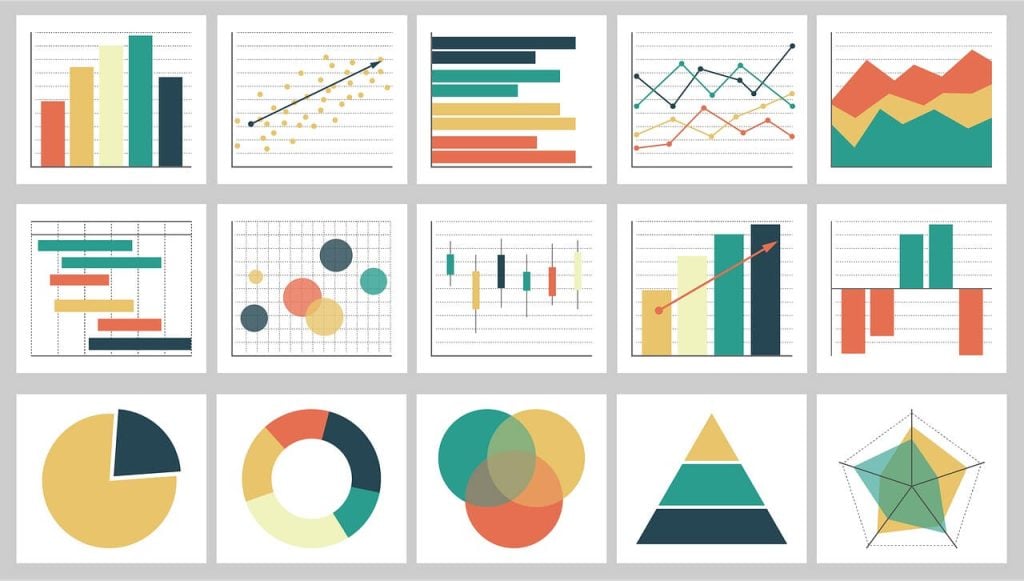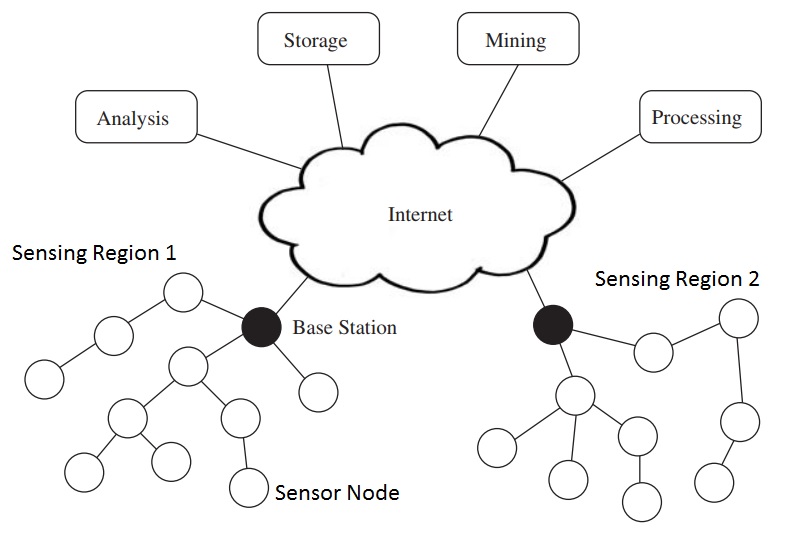The cost of data visualization can vary greatly depending on a number of factors, including the complexity of the project, the level of expertise required, and the software used. In general, however, data visualization costs can range from a few hundred dollars to several thousand dollars or more.
Here are some of the factors that can affect the cost of data visualization:
- The complexity of the project: The more complex the project, the more time and expertise will be required, which will lead to higher costs. For example, a project that requires the creation of custom visualizations or the integration of data from multiple sources will be more expensive than a project that simply requires the creation of basic charts and graphs.
- Level of expertise required: The level of expertise required for a data visualization project will also affect the cost. For example, a project that requires the use of advanced statistical techniques or the creation of highly interactive visualizations will require a more experienced data visualization professional, which will lead to higher costs.
- Software used: The software used to create data visualizations can also affect the cost. For example, some software programs are free or low-cost, while others are more expensive. The cost of the software will also depend on the number of users who need to access it.
In addition to the factors listed above, other factors that can affect the cost of data visualization include the following:
- The amount of data to be visualized: The more data that needs to be visualized, the more time and effort will be required, which will lead to higher costs.
- The need for data cleaning and preparation: If the data needs to be cleaned and prepared before it can be visualized, this will add to the cost of the project.
- The need for user training: If users need to be trained on how to use the data visualization software, this will add to the cost of the project.
Cost for data visualization can be reduced by implementing new technologies. This article discusses “The Role Artificial Intelligence and Machine Learning Can Play in Cutting Costs” from Health Data Management discusses how AI and ML are being utilized to reduce healthcare expenses while enhancing patient outcomes. Providers are leveraging these technologies to streamline operations, improve diagnostic accuracy, and optimize resource allocation, leading to cost savings and more efficient care delivery. The author, Bhavini Kaneria, a senior analytics manager specializing in informatics, ML, and AI, highlights that during the COVID-19 pandemic, these technologies were instrumental in managing disease spread, reducing mortality, and minimizing economic and health impacts. She advocates for continued investment in these areas to strengthen the healthcare industry’s capacity to handle future global health crises.
The cost of data visualization can be a significant factor for businesses and organizations considering using this technology. However, the benefits of data visualization can often outweigh the costs. Data visualization can help businesses and organizations to make better decisions, improve efficiency, and increase profits.
If you are considering using data visualization, it is important to carefully consider the factors that will affect the cost of the project. By doing so, you can ensure that you are getting the best possible value for your investment.
Here are some tips for getting the most out of your data visualization project:
- Set clear goals and objectives: What do you hope to achieve with your data visualization project? Once you know what you want to achieve, you can start to develop a plan for how to achieve it.
- Use the right tools: There are a variety of data visualization tools available, each with its own strengths and weaknesses. Choose the tool that is right for your project and your budget.
- Get input from stakeholders: Data visualization is most effective when it is used to communicate information to a specific audience. Make sure to get input from stakeholders early in the process so that you can create visualizations that are relevant and understandable.
- Test and iterate: Don’t be afraid to experiment with different visualizations. Once you have created a few visualizations, test them with your target audience to get feedback. Use this feedback to improve your visualizations.
- Keep it simple: Data visualization should be used to communicate information, not to overwhelm your audience. Keep your visualizations simple and easy to understand.
By following these tips, you can ensure that your data visualization project is successful.thumb_upthumb_downuploadGoogle itmore_vert








